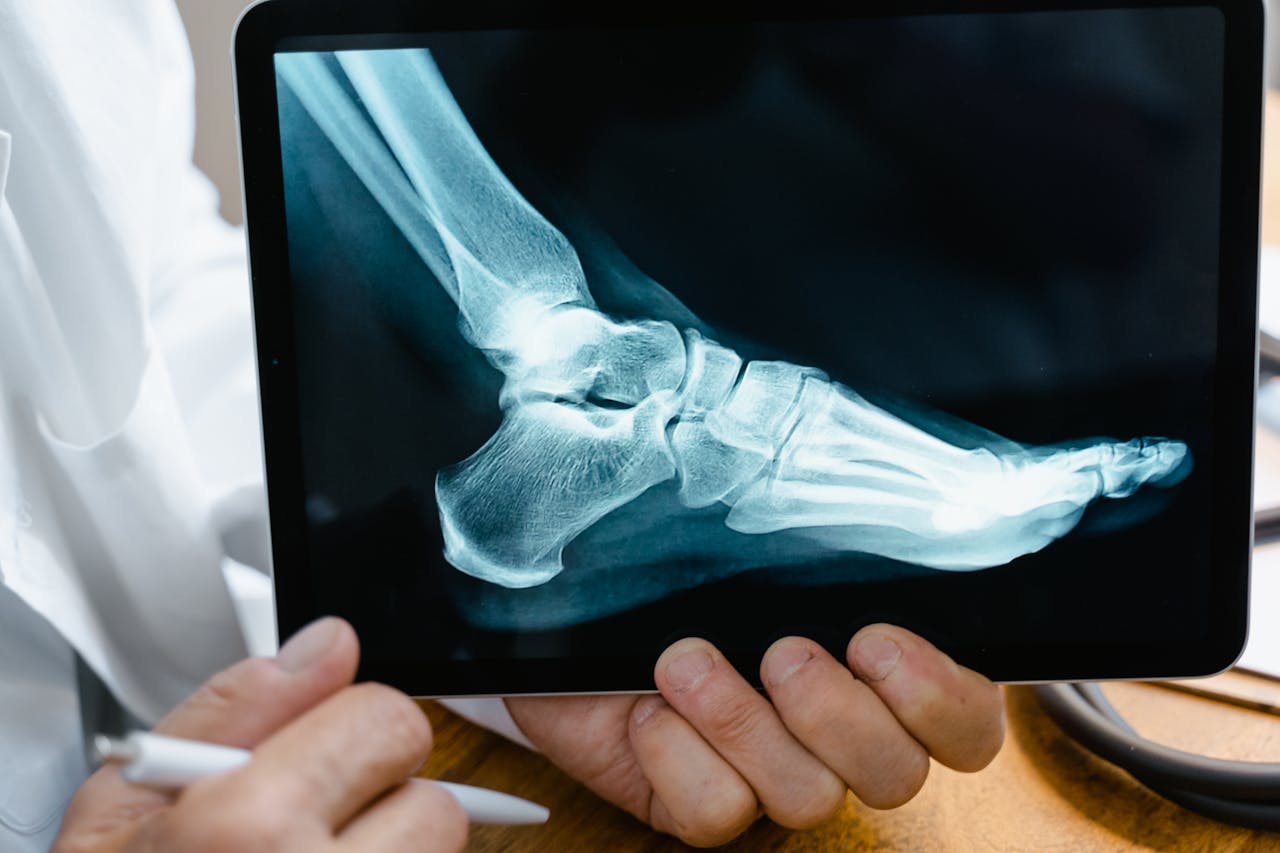
A herniated disc occurs when the soft part inside the bone pushes out through a tear in the tough outer layer. This causes pain and pressure to nerves, leading to discomfort, numbness, or weakness in the back, legs, or arms. To lessen these symptoms and improve function, a healthcare provider may perform surgery. Here is more information about disc surgery:
Evaluation
Before undergoing disc surgery, a doctor should ask you about the specific symptoms you’re experiencing, such as soreness, weakness, and numbness. During your appointment, you can talk about any previous anti-inflammatory medications you’ve taken to relieve pain. You can also inform your doctor if you’ve received injections or done physical therapy to lessen the symptoms.
If you’ve had any surgeries on your spine, you can tell your doctor about them so you can collaborate on a personalized treatment plan. To know the location and size of the herniated disc, a doctor uses imaging tests like MRI. A CT scan helps provide detailed information about bone structures and potential underlying issues that could affect your health. Such evaluations help your doctor determine if you are a good candidate for disc replacement surgery.
Procedure
During the disc replacement procedure, general anesthesia is administered to prevent discomfort. A surgeon makes incisions to gain access to your spine, which allows them to remove the damaged disc and bone spurs. This specialist uses imaging methods to locate the exact position of the herniated disc for easier removal. Removing this disc alleviates pressure on nearby spinal nerves, which can help control pain, numbness, or weakness in the limbs.
A surgeon inserts an artificial disc into the space and positions it correctly to allow for normal movement. Once the artificial disc is in place, the surgeon closes the incision using sutures or staples. To protect the site and help it heal completely, a sterile dressing should be applied. After surgery, you are monitored to help you wake up smoothly from anesthesia and to make sure you have stable vital signs. You may receive pain medication to keep you comfortable as the anesthesia wears off.
Recovery Process
Several days after surgery, you should begin physical therapy to increase mobility, improve strength, and prevent stiffness in your back. A physical therapist may lead you through mild exercises during this time, increasing the level of intensity as you begin to recover. Examples of exercises include gentle walking, stretching, and pelvic tilts to support the spine and strengthen your core muscles.
A care provider also schedules follow-up appointments to monitor your healing progress and adjust medication. They should check the surgical site and the artificial disc to determine if it’s functioning properly and allowing you to move freely. For some weeks after surgery, this professional advises you to avoid high-impact activities to protect your healing spine and the new disc.
Also Read: How Does the Weather Affect My Orthopedic Knee Surgery?
Book an Appointment for Disc Surgery
If you have intense pain in your back that doesn’t seem to respond to medications, a surgeon might suggest disc surgery to provide relief. When your natural disc is replaced with an artificial one, the procedure can preserve or improve your range of motion. To experience relief from a herniated disc, call a trusted clinic today to book an appointment.






